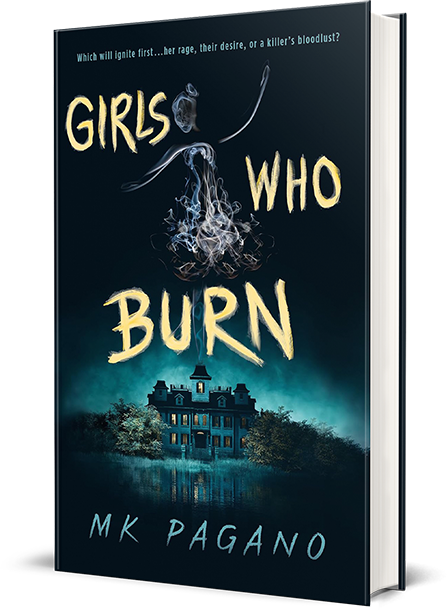On Show and Tell

As a writer, it’s a mantra you hear over and over: “Show, don’t tell.”
There’s a reason it’s repeated endlessly: it’s one of the main things that separates good writing from bad writing.
But there’s something else I don’t always hear, and it’s something I see relatively often in beginner writing (especially my own). It’s something I see in published writing too, and it drives me nuts. I call it the “Show and Tell.”
It’s when a writer shows us what’s going on–and then, just in case we didn’t get it, tells us as well. I find this annoying. It’s like the writer’s saying, okay, I’ve shown you what’s going on, but in case you’re a little slow, I’ll make it a bit more clear for you. As a reader, I hate being pandered to that way.
Here are some real-life examples from a novel I recently read. (This is why I like to read bad books–they’re such good teachers.)
1. “His face reddened in shame.”
“His face reddened” is enough. You should have already shown us enough in the scene for us to know his face reddening was a result of shame.
2. “He stared at it. He blinked. Then he put his hands out to run his fingers across the words, as if he didn’t believe his eyes.”
The second part of the last sentence is implied. You’ve shown him staring. You’ve shown him blinking. You’ve shown his hands running across the words. You don’t also need to tell us he didn’t believe his eyes; we understand that by now.
3. “They maintained eye contact with each other for longer than necessary, as if trying to communicate some secret message.”
Really?!?! Is that why people maintain prolonged eye contact? So happy to have that obscure human tendency explained to me. Argh.
Finally, this one:
4. “He frowned. Clearly, he was upset.”
Thank you for explaining what “frowning” means. And a helpful hint: anytime you use the word “clearly”, you don’t need whatever comes after it. If it’s clear, don’t say it.
Examples like the above (especially the last two) drive me nuts. I’m not immune to them as a writer, by the way; when going through my writing to edit, I’ll always find one or two “show and tells” and I’ll mentally berate myself for being so obnoxious to my readers. But that’s what editing is for; to catch these things before anyone else does.
Good writing is about a lot of things; not the least among them is tight prose. It can take some time to learn how to make your prose as tight as possible, but I think the mantra “show, don’t tell”, along with the mantra “don’t show AND tell” is definitely a step in the right direction.
Photo by Thom Holmes on Unsplash


[…] characters, uninspired dialogue, obvious plot “twists”, and my biggest book pet peeve: showing and telling. Sentences like “I grin, pleased with myself”, and “he douses the flame, putting […]
[…] I’ve written about this before, because it’s my biggest pet peeve and such a clear marker of an amateur writer. I used to do it myself. I see it in first drafts. I even see it in published novels. And all I can think is: ARGH. […]
[…] already written about how one of my biggest pet peeves in books is showing and telling. I also wrote a post on how to not do […]
[…] How Not to Show and Tell, and to go along with that Terrible Examples From An Actual Published Novel of Showing and […]